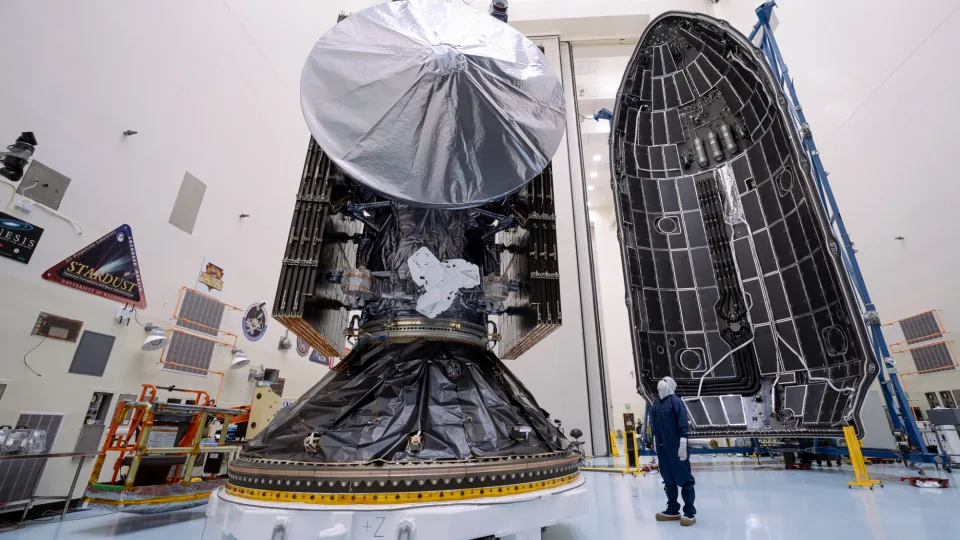NASA’s Europa Clipper mission, which aims to investigate Jupiter’s moon Europa and its subsurface ocean, launched successfully today after many challenges in its development. The $5 billion mission originally planned to launch on NASA’s Space Launch System (SLS) rocket but faced issues with compatibility and budget overruns. In 2020 it switched to use a SpaceX Falcon Heavy rocket instead, delaying its arrival at Jupiter until 2030.
Prior to launch there were further problems including flaws discovered in electronics components that raised concerns about surviving radiation near Jupiter. Engineers determined protective measures would help. Then, hurricanes in Florida threatened the spacecraft during preparation, but it was secured safely.
Through these setbacks like rocket changes, electronics issues, and hurricane weather, the Clipper team showed determination and flexibility to overcome challenges. Their thorough testing and innovative orbital design aim to achieve the mission’s science goals of learning about Europa’s habitability despite the difficult development process. After many obstacles, Europa Clipper has now started its long journey to investigate this ocean world that could hold clues about life beyond Earth.
Source: Space









